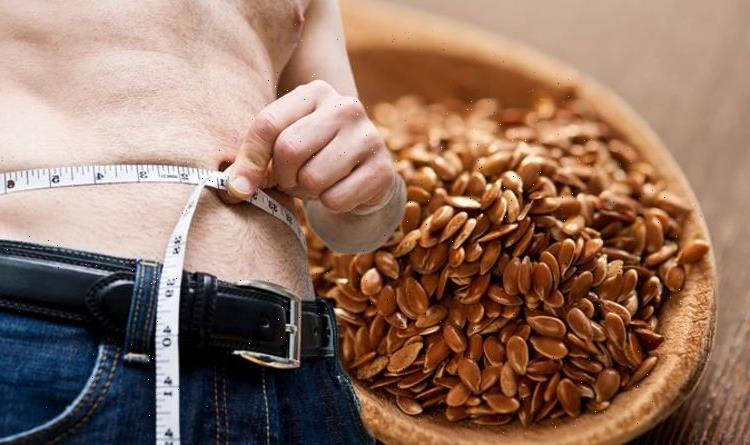Dr Zoe Williams discusses visceral fat on This Morning
We use your sign-up to provide content in ways you’ve consented to and to improve our understanding of you. This may include adverts from us and 3rd parties based on our understanding. You can unsubscribe at any time. More info
Visceral fat, also known as belly fat, is linked to heart disease and type 2 diabetes because it accumulates near vital organs in the body. The fat is naturally more stubborn than the fat you can see (subcutaneous fat) but you can get at it. What may come as a surprise is that eating more of a particular food can aid belly fat reduction.
A study published in the journal Obesity found increasing soluble fibre intake was associated with a relative reduction in visceral fat.
Soluble fibre absorbs water and forms a gel that helps slow down food as it passes through your digestive system.
As Holland and Barrett explains, it helps you feel fuller for longer, so you end up eating less and not snacking excessively.
Examples include flax seeds, avocados, blackberries, and Brussels sprouts.

For the study, researchers examined whether lifestyle factors were associated with five-year change in visceral fat.
Dietary intake was assessed using a semi-quantitative food frequency questionnaire referencing the previous year.
The researchers sought to establish the associations between percent changes in fat accumulation and smoking, physical activity; total calories; polyunsaturated; monounsaturated; protein; saturated fat intake; percent of calories from sweets, and soluble and insoluble fibre.
One food stood out from the result: soluble fibre.
DON’T MISS
High cholesterol: Three sensations in your feet [INSIGHT]
How to live longer: Simple and free daily habit [TIPS]
Menopause: 7 foods to avoid [ADVICE]
Soluble fibre intake was associated with changes in visceral fat, independent of changes in body mass index (BMI).
For each 10g increase in soluble fibre, rate of visceral fat accumulation decreased by 3.7 percent.
Soluble fibre was not associated with change in subcutaneous fat (the fat you can pinch), however.
The researchers also found moderately active participants had a 7.4 percent decrease in rate of visceral fat accumulation compared to less active participants.

“Soluble fibre intake and increased physical activity were related to decreased VAT [visceral fat] accumulation over five years,” the researchers concluded.
Other key tips
You should combine a healthier eating plan with a regular exercise regime to successfully lose belly fat.
“You should try to take part in at least 30 minutes of moderate exercise, at least five days a week,” advises Holland and Barrett.
The key here is to do what interests you.

Holland and Barrett explains: “So you might fancy a brisk walk to work up a sweat, breathe harder and quicken your heart rate. Or perhaps cycling to work rather than taking the car. Not everyone needs to rush to the gym.”
According to the health body, by raising your heart rate for 30 minutes at least three times per week, you are effectively slowing down how much visceral fat you gain.
“If going to the gym is not your thing, then have a look at some alternative ways of keeping fit and healthy.”
According to Harvard Health, spot exercises, such as sit-ups, will tone you up but they do not get at visceral fat.
Source: Read Full Article
